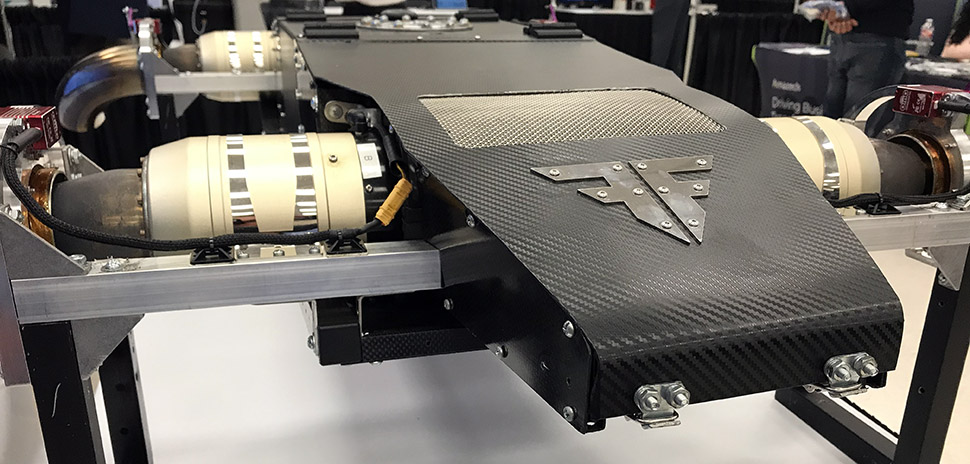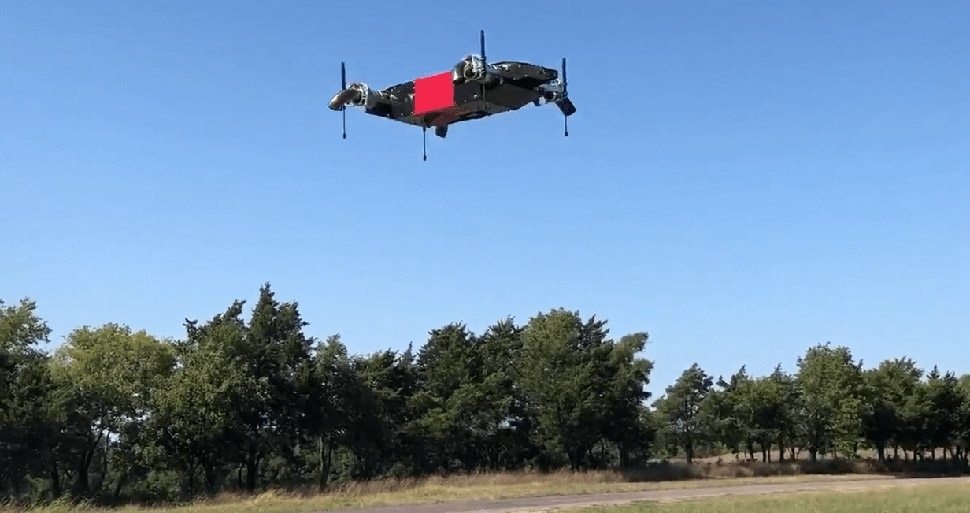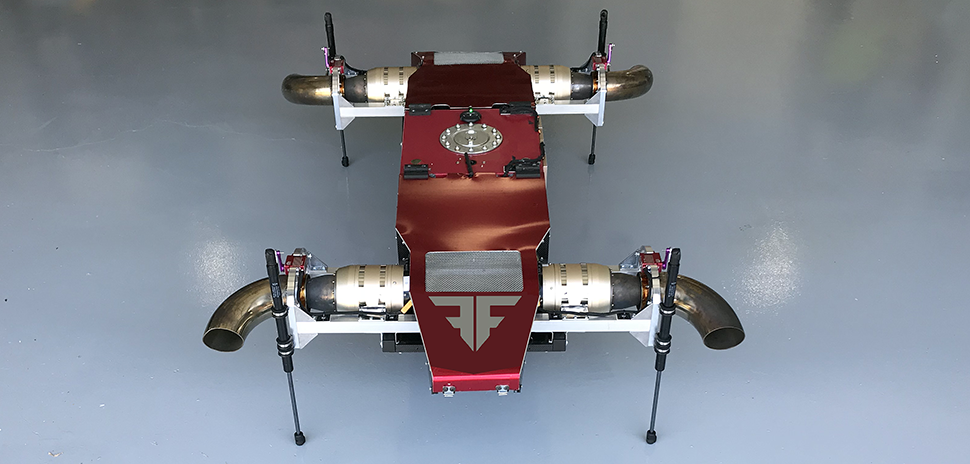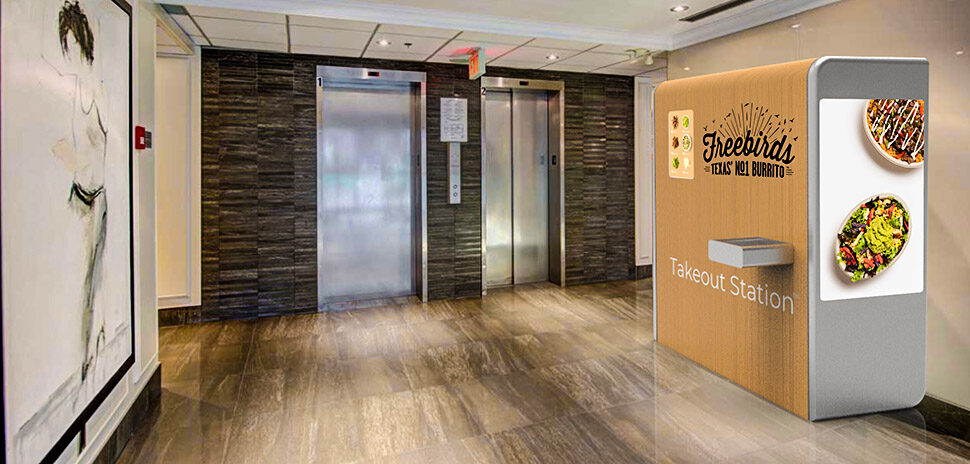FusionFlight, a Dallas-based aerospace startup, has had the first successful flight of its fully autonomous drone called JetQuad after three years of extensive development.
FusionFlight calls JetQuad “the world’s smallest and most powerful jet-powered drone with vertical take-off and landing capabilities.”
Alexander Taits, CEO and founder of FusionFlight, performs all of the design, engineering, manufacturing, and testing necessary to bring JetQuad to life. He currently works out of his garage in Allen, but once the necessary funding is in place, he plans to establish a facility in DFW.
FusionFlight has a patent pending for “Airbooster Technology,” which was filed in the summer of 2016, and is actively working with an examiner from the U.S. Patent and Trademark Office to hash out the details. During the same summer, the startup was also incorporated and received a $50,000 seed investment from GTD Capital.
After three years of development, the drone has successfully taken flight.
With the AB5 JetQuad now a flight-proven vehicle, FusionFlight has “demonstrated commitment to achieving success with the seed funding provided” and is ready to move to the next level, Taits told Dallas Innovates.

[Photo: Courtesy FusionFlight]
The tech behind the drone
The AB5 JetQuad is not a typical drone as it relies on a new type of propulsion powered by four microturbine jet-engines, which produce a combined 200-horsepower at full throttle. Coupled with proprietary Thrust Vector Systems (TVS), the design is known as “H-Configuration” and is the first configuration to allow jet-engines to solely provide the power necessary for both vertical and horizontal flight, as well as altitude control.
“The drone is unique because it is the only design in the world that uses four microturbine jet-engines for all aspects of flight,” says Taits. “It has the vertical lift capabilities of a helicopter and the speed of a jet-aircraft, all the while being fueled by ordinary diesel.”
The TVS, activated by high-torque servos, enable the JetQuad to be more controllable and agile than ordinary electrical drones powered by brushless motors and propellers. The result of this configuration is a compact, fully-autonomous, all-diesel drone capable of vertical take-off and landing from any surface.
JetQuad has a compact and lightweight design—when empty and unloaded, the drone only weighs 50 pounds and is designed for a single person to carry. The flat nature of the drone allows for a highly aerodynamic horizontal flight as well as the ability to accommodate many different styles of payloads which can be mounted on the front, back, and top of the drone.

[Photo: Courtesy FusionFlight]
With only eight moving components, the drone’s modules can be built, disassembled, and replaced with minimal effort. This simplicity leads to “superb reliability,” reduced manufacturing costs, and scalability, according to FusionFlight.
“When we set out to build the JetQuad, we did not want to just build a powerful and versatile platform,” says Taits. “We wanted to build a smart and safe system made possible by innovations in controllers and artificial intelligence.”
In the summer of 2019, FusionFlight worked with Los Alamos National Laboratory on a joint proposal for the next generation of the Unmanned Aircraft System (UAS) for the use of the U.S. Special Operations Command (USSOCOM), according to Taits, although the USSOCOM ended up selecting a different drone design.
Looking ahead
The startup is currently in the late phases of its prototype testing program and is on its way to demonstrating a drone with a top speed of 250 miles per hour. In addition, they plan to sell a pre-production developer version to select customers starting in early 2021.

[Photo: Courtesy FusionFlight]
Around two years from now, the startup expects to be revenue-generating, according to Taits.
In five years, Taits expects FusionFlight will have five to ten employees and be able to produce 20 to 30 high-quality drones a year, including a scaled-up version of the JetQuad called AB25, which will have enough power to lift a 200-pound payload.
![]()
Get on the list.
Dallas Innovates, every day.
Sign up to keep your eye on what’s new and next in Dallas-Fort Worth, every day.


































































